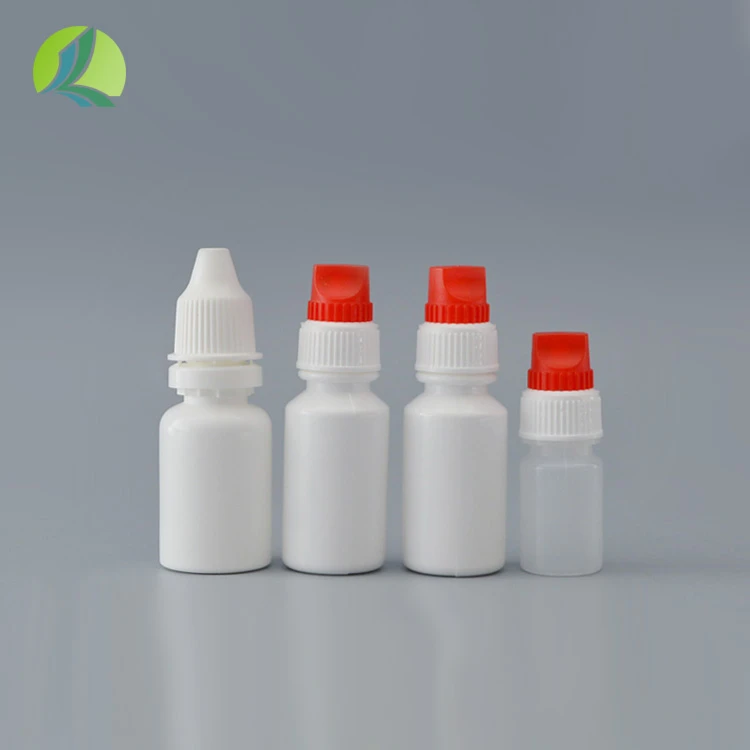
-
 Afrikaans
Afrikaans -
 Albanian
Albanian -
 Amharic
Amharic -
 Arabic
Arabic -
 Armenian
Armenian -
 Azerbaijani
Azerbaijani -
 Basque
Basque -
 Belarusian
Belarusian -
 Bengali
Bengali -
 Bosnian
Bosnian -
 Bulgarian
Bulgarian -
 Catalan
Catalan -
 Cebuano
Cebuano -
 Corsican
Corsican -
 Croatian
Croatian -
 Czech
Czech -
 Danish
Danish -
 Dutch
Dutch -
 English
English -
 Esperanto
Esperanto -
 Estonian
Estonian -
 Finnish
Finnish -
 French
French -
 Frisian
Frisian -
 Galician
Galician -
 Georgian
Georgian -
 German
German -
 Greek
Greek -
 Gujarati
Gujarati -
 Haitian Creole
Haitian Creole -
 hausa
hausa -
 hawaiian
hawaiian -
 Hebrew
Hebrew -
 Hindi
Hindi -
 Miao
Miao -
 Hungarian
Hungarian -
 Icelandic
Icelandic -
 igbo
igbo -
 Indonesian
Indonesian -
 irish
irish -
 Italian
Italian -
 Japanese
Japanese -
 Javanese
Javanese -
 Kannada
Kannada -
 kazakh
kazakh -
 Khmer
Khmer -
 Rwandese
Rwandese -
 Korean
Korean -
 Kurdish
Kurdish -
 Kyrgyz
Kyrgyz -
 Lao
Lao -
 Latin
Latin -
 Latvian
Latvian -
 Lithuanian
Lithuanian -
 Luxembourgish
Luxembourgish -
 Macedonian
Macedonian -
 Malgashi
Malgashi -
 Malay
Malay -
 Malayalam
Malayalam -
 Maltese
Maltese -
 Maori
Maori -
 Marathi
Marathi -
 Mongolian
Mongolian -
 Myanmar
Myanmar -
 Nepali
Nepali -
 Norwegian
Norwegian -
 Norwegian
Norwegian -
 Occitan
Occitan -
 Pashto
Pashto -
 Persian
Persian -
 Polish
Polish -
 Portuguese
Portuguese -
 Punjabi
Punjabi -
 Romanian
Romanian -
 Russian
Russian -
 Samoan
Samoan -
 Scottish Gaelic
Scottish Gaelic -
 Serbian
Serbian -
 Sesotho
Sesotho -
 Shona
Shona -
 Sindhi
Sindhi -
 Sinhala
Sinhala -
 Slovak
Slovak -
 Slovenian
Slovenian -
 Somali
Somali -
 Spanish
Spanish -
 Sundanese
Sundanese -
 Swahili
Swahili -
 Swedish
Swedish -
 Tagalog
Tagalog -
 Tajik
Tajik -
 Tamil
Tamil -
 Tatar
Tatar -
 Telugu
Telugu -
 Thai
Thai -
 Turkish
Turkish -
 Turkmen
Turkmen -
 Ukrainian
Ukrainian -
 Urdu
Urdu -
 Uighur
Uighur -
 Uzbek
Uzbek -
 Vietnamese
Vietnamese -
 Welsh
Welsh -
 Bantu
Bantu -
 Yiddish
Yiddish -
 Yoruba
Yoruba -
 Zulu
Zulu
Jan . 31, 2025 04:16
Back to list
plastic reagent bottle factory
Reagent bottles, fundamental yet often overlooked components in the vast landscape of scientific research and industrial applications, serve multiple uses and functions essential to the precision and efficiency of laboratory operations. As critical storage containers, they are meticulously crafted to meet stringent standards, thereby ensuring the safety and integrity of their contents. This authoritative guide explores the multifaceted roles and unrivaled significance of reagent bottles across various sectors.
Beyond their traditional roles, reagent bottles have also found utility in the burgeoning field of biotechnology and pharmaceuticals. Here, they are employed for the storage of high-value biological samples and pharmaceutical compounds. The stringent regulatory standards governing these industries necessitate the use of products that guarantee traceability and batch consistency. Trusted manufacturers provide reagent bottles with certifications and documentation detailing their compliance with industry regulations, reinforcing their trustworthiness among discerning professionals. In educational science laboratories, reagent bottles serve as vital teaching tools. They introduce students to the practical aspects of scientific handling and the importance of maintaining laboratory safety protocols. Through hands-on experience, the safe usage of reagent bottles instills a fundamental respect for chemical handling and storage, preparing future scientists for advanced academic pursuits and professional excellence. Ultimately, the significance of reagent bottles transcends their simplicity. They embody the intersection of practicality and innovation, offering indispensable solutions in various scientific and industrial domains. The artful combination of durable materials, intelligent design, and adherence to regulatory standards culminates in products that are essential, reliable, and trustworthy. Emphasizing these aspects can significantly enhance the performance and accuracy of any laboratory operation, confirming the reagent bottle's status as a quintessential tool in scientific endeavors.


Beyond their traditional roles, reagent bottles have also found utility in the burgeoning field of biotechnology and pharmaceuticals. Here, they are employed for the storage of high-value biological samples and pharmaceutical compounds. The stringent regulatory standards governing these industries necessitate the use of products that guarantee traceability and batch consistency. Trusted manufacturers provide reagent bottles with certifications and documentation detailing their compliance with industry regulations, reinforcing their trustworthiness among discerning professionals. In educational science laboratories, reagent bottles serve as vital teaching tools. They introduce students to the practical aspects of scientific handling and the importance of maintaining laboratory safety protocols. Through hands-on experience, the safe usage of reagent bottles instills a fundamental respect for chemical handling and storage, preparing future scientists for advanced academic pursuits and professional excellence. Ultimately, the significance of reagent bottles transcends their simplicity. They embody the intersection of practicality and innovation, offering indispensable solutions in various scientific and industrial domains. The artful combination of durable materials, intelligent design, and adherence to regulatory standards culminates in products that are essential, reliable, and trustworthy. Emphasizing these aspects can significantly enhance the performance and accuracy of any laboratory operation, confirming the reagent bottle's status as a quintessential tool in scientific endeavors.
Share
Latest news
-
Premium Metal Dropper Bottle for Precise Dispensing 250ml & 1ml Options AvailableNewsJul.04,2025
-
20 ml Headspace Vials - High Quality Polyethylene & Plastic Vials for Lab UseNewsJul.04,2025
-
Small Bottle with Pipette - Precise Dispensing 100ml Pipette Bottles for Essential Oils & Lab UseNewsJun.24,2025
-
Acetic Anhydride Bottle for Accurate Dropper Measurement in Pharmacy Use High-Quality Dropper BottlesNewsJun.10,2025
-
Innovative PET Bottle Design for Juice – Unique Shapes & Customization OptionsNewsJun.10,2025
-
20 Pack Sterilized Petri Dishes – Assorted Sizes, High Quality Small Plastic Petri Dishes for Lab UseNewsJun.10,2025
RECOMMEND PRODUCTS






















